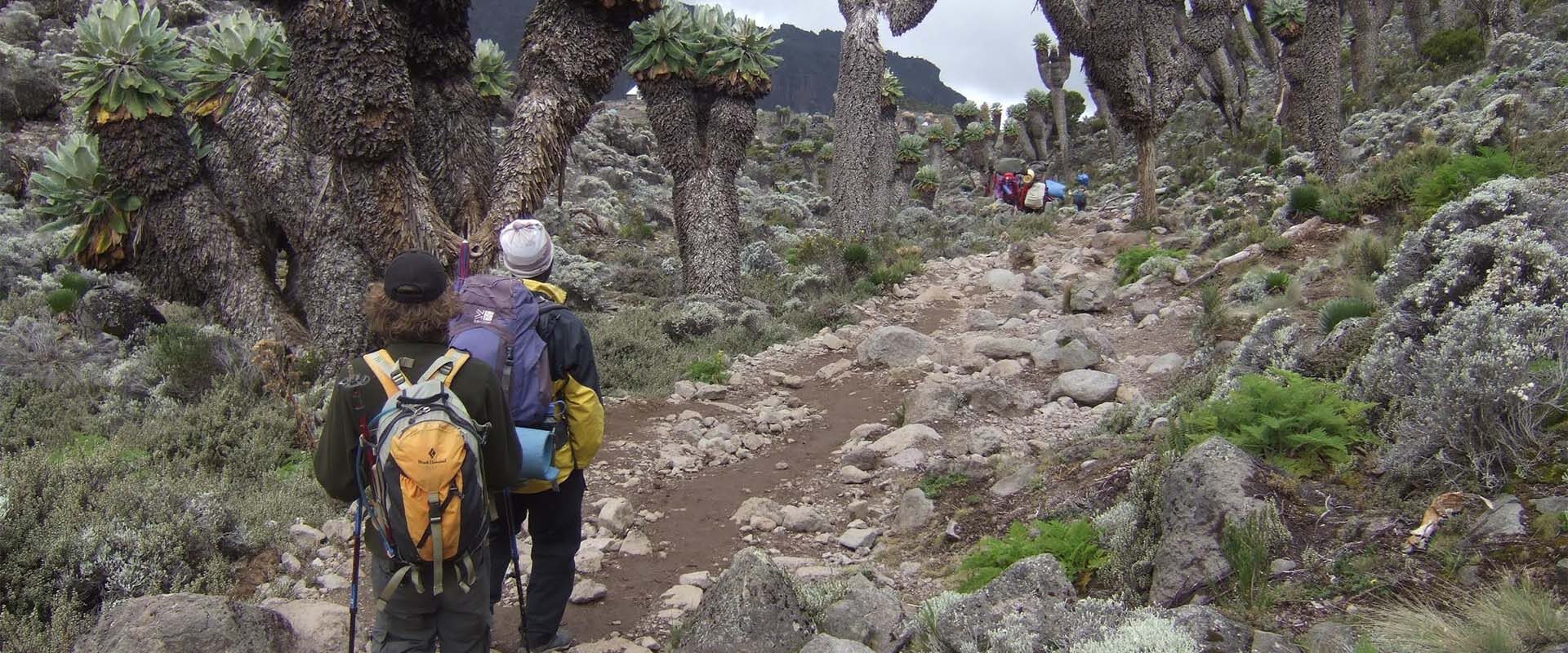
10 Days Kilimanjaro Hike Shira Route
10 Days Kilimanjaro Hike Shira Route The Shira Route is an incredible, remote, and scenic route to Kilimanjaro’s summit that is a remarkable journey and
Nyumbu Beyond Journeys Safari experiences in Tanzania. Home to more than 43,000 elephants, 14,000 lions and 2 million wildebeest, the wildlife in Tanzania is second to none. As a result of expansive national parks, free from fences or boundaries, a safari is the first activity that comes to mind when you think of what to do in Tanzania. Thousands of visitors travel to Tanzania each year for a safari which, for many, is imagined to be done in a 4×4 safari jeep, guided by a professional guide. This is certainly the most popular way to enjoy a safari and all of the national parks you can visit will offer game drives. A typical day on safari will include an early morning and late afternoon game drives – timings which take advantage of the animal’s most active parts of the day.
Unique Hand-crafted Tanzania Safaris and Tours. Our safari specialists know Tanzania like the back of their hand, and having grown around the country, they have put together some journeys and tours, including some of the best safari camps and hotels to get you inspired. All of our journeys are tailor- crafted and can be customized to suit your travel dreams– our aim is to curate the perfect luxury safari for you, and with our friendly and knowledgeable specialists, we trust our work.

10 Days Kilimanjaro Hike Shira Route The Shira Route is an incredible, remote, and scenic route to Kilimanjaro’s summit that is a remarkable journey and
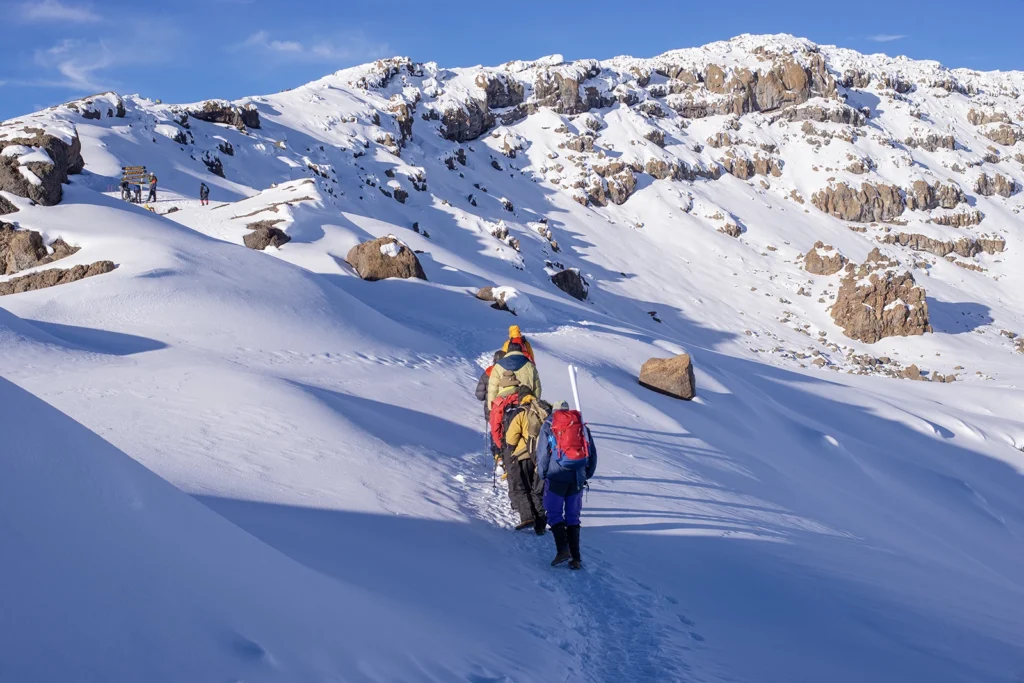
9 Days Kilimanjaro Hike Via Shira Route The Shira Route is one of the most stunning and scenic routes to climb Mount Kilimanjaro, which is

9 Days Kilimanjaro Hike Via Rongai Route The Rongai Route is one of the most aesthetically pleasing and least congested on Mount Kilimanjaro and is
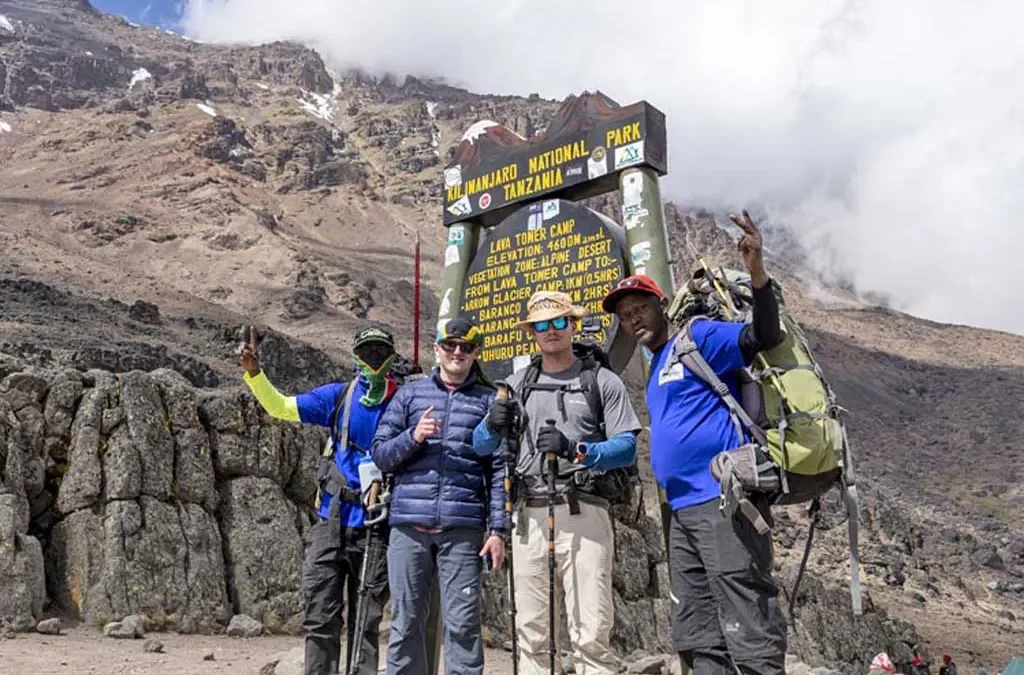
8 Days Kilimanjaro Hike Via Rongai Route. The Rongai Route, located on the northern side of Mount Kilimanjaro, Africa’s tallest mountain, is one of the
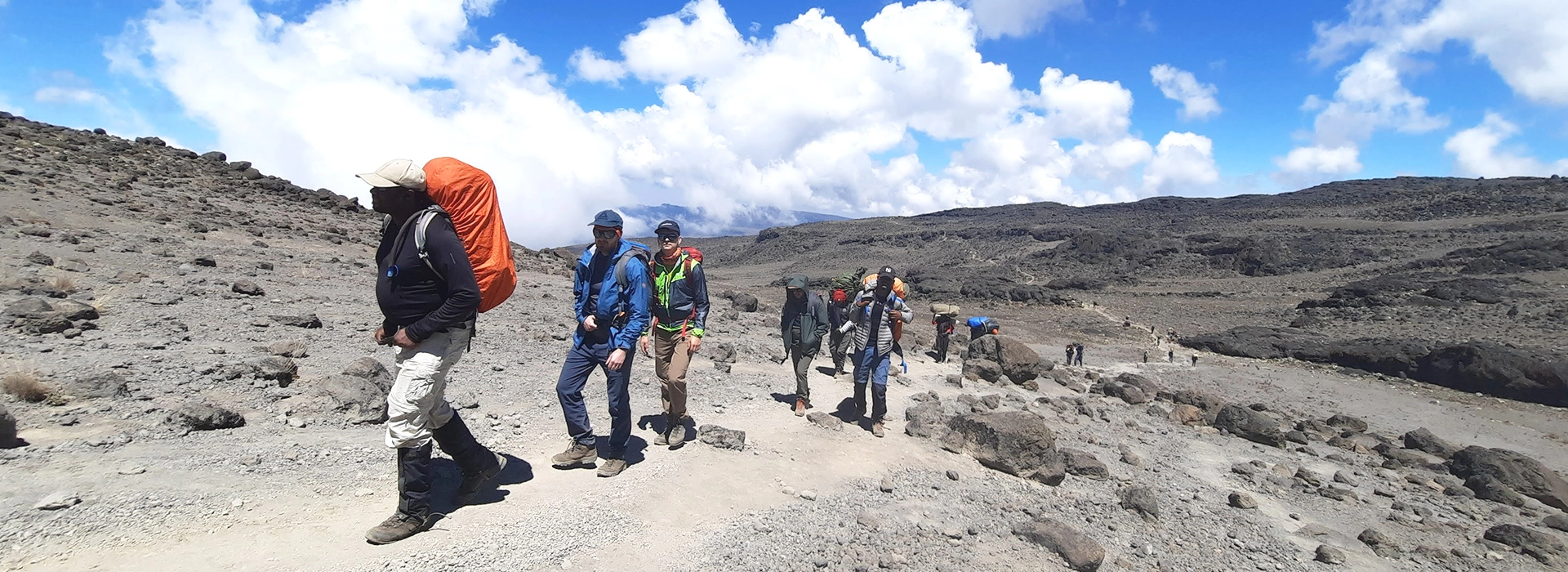
9 Days Kilimanjaro Trek Via Machame Route Climbing Mount Kilimanjaro through the Machame Route is considered one of Africa’s most picturesque and rewarding trekking experiences.
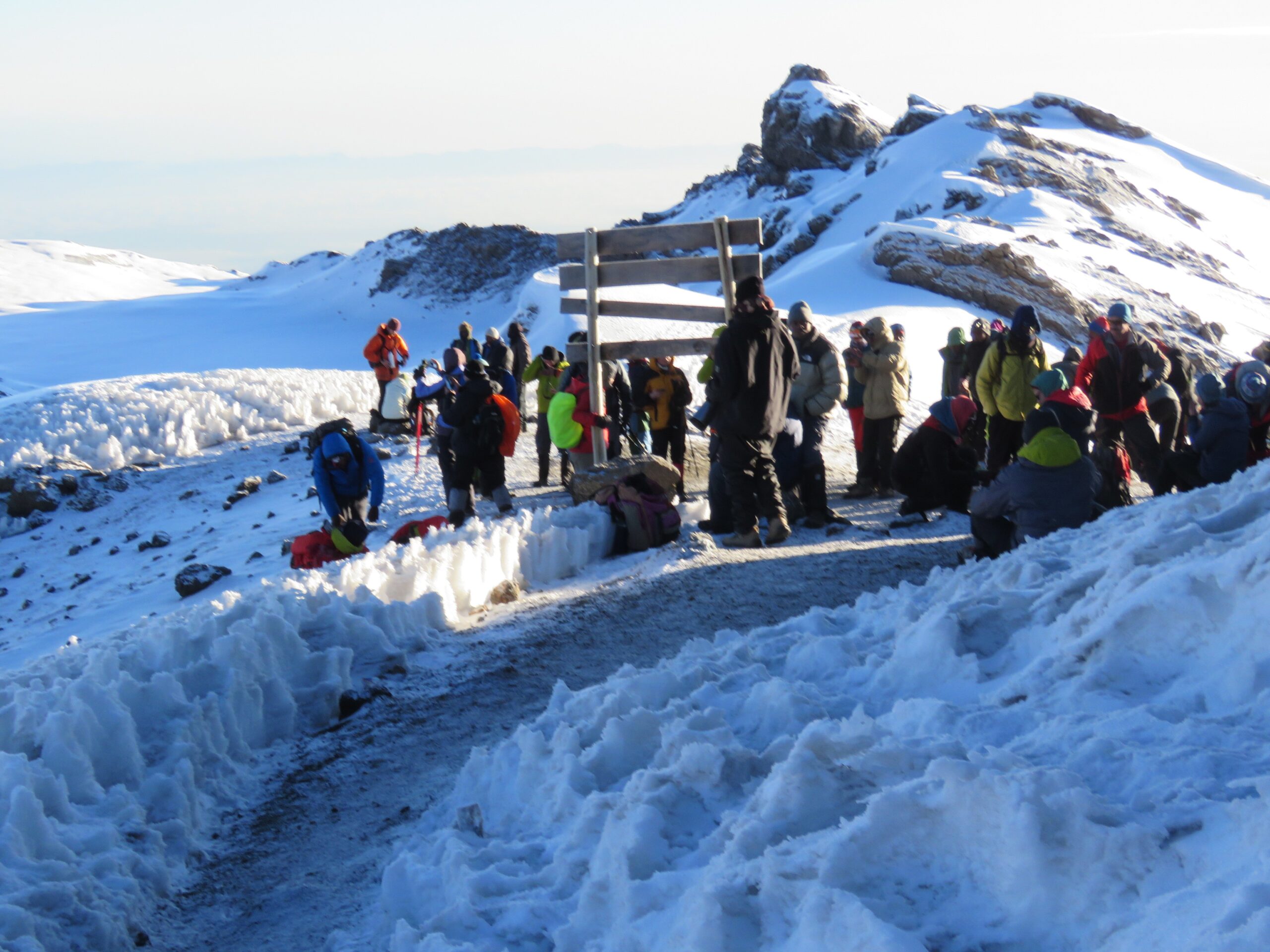
8 Days Machame route Hike The Machame Route, commonly referred to as the “Whiskey Route,” stands out as one of the most sought-after scenic routes
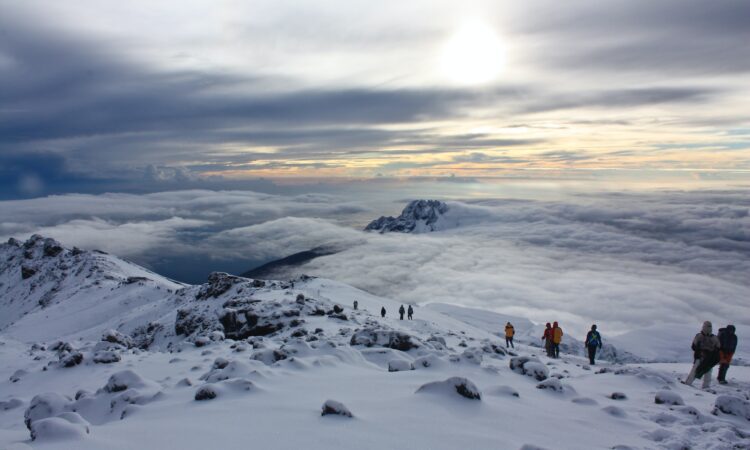
9 Days Rongai Route Kilimanjaro Hike. Mount Kilimanjaro, the tallest mountain in Africa, is regarded as one of the world’s most stunning natural attractions. It
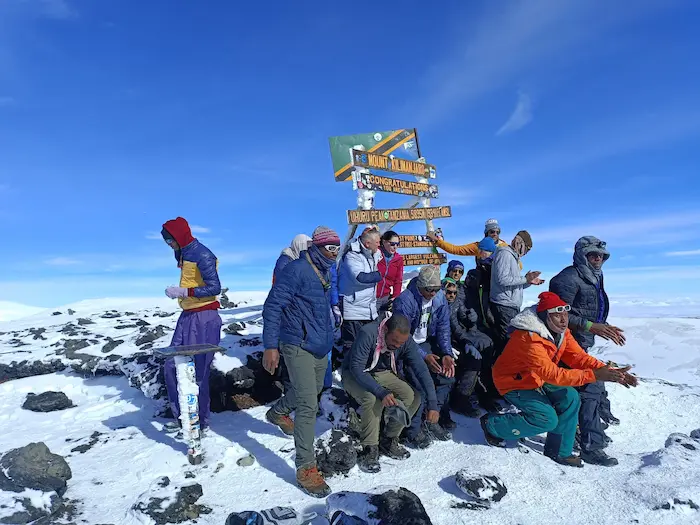
10 Days Kilimanjaro Hike Via Lemosho Route The Lemosho Route is one of the more attractive and undeveloped routes up Mount Kilimanjaro, Africa’s highest mountain.
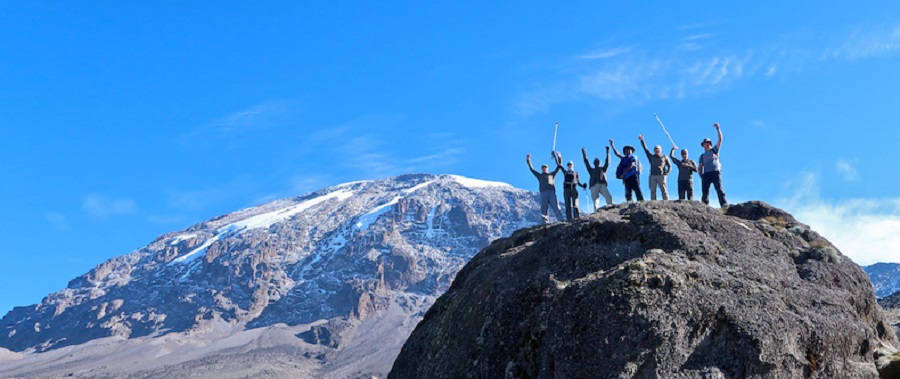
8 Days Kilimanjaro Hike Lemosho Route The Lemosho Route is relatively unique as one of the prettiest and most premium routes to the summit of
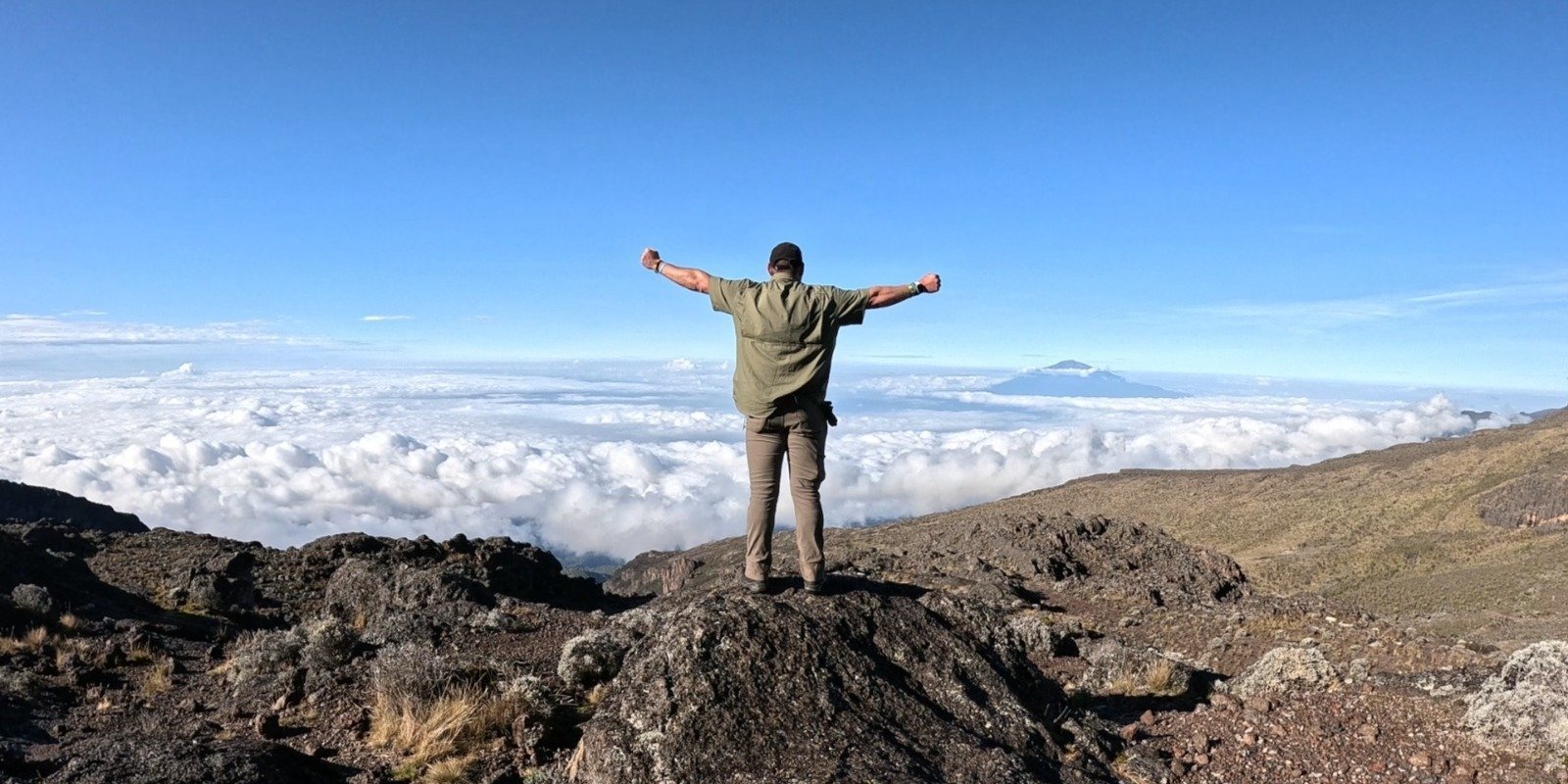
6 Days Machame Route Kilimanjaro Hike. The Machame Route is a wonderful one that is often called the Whiskey Route, which is one of the
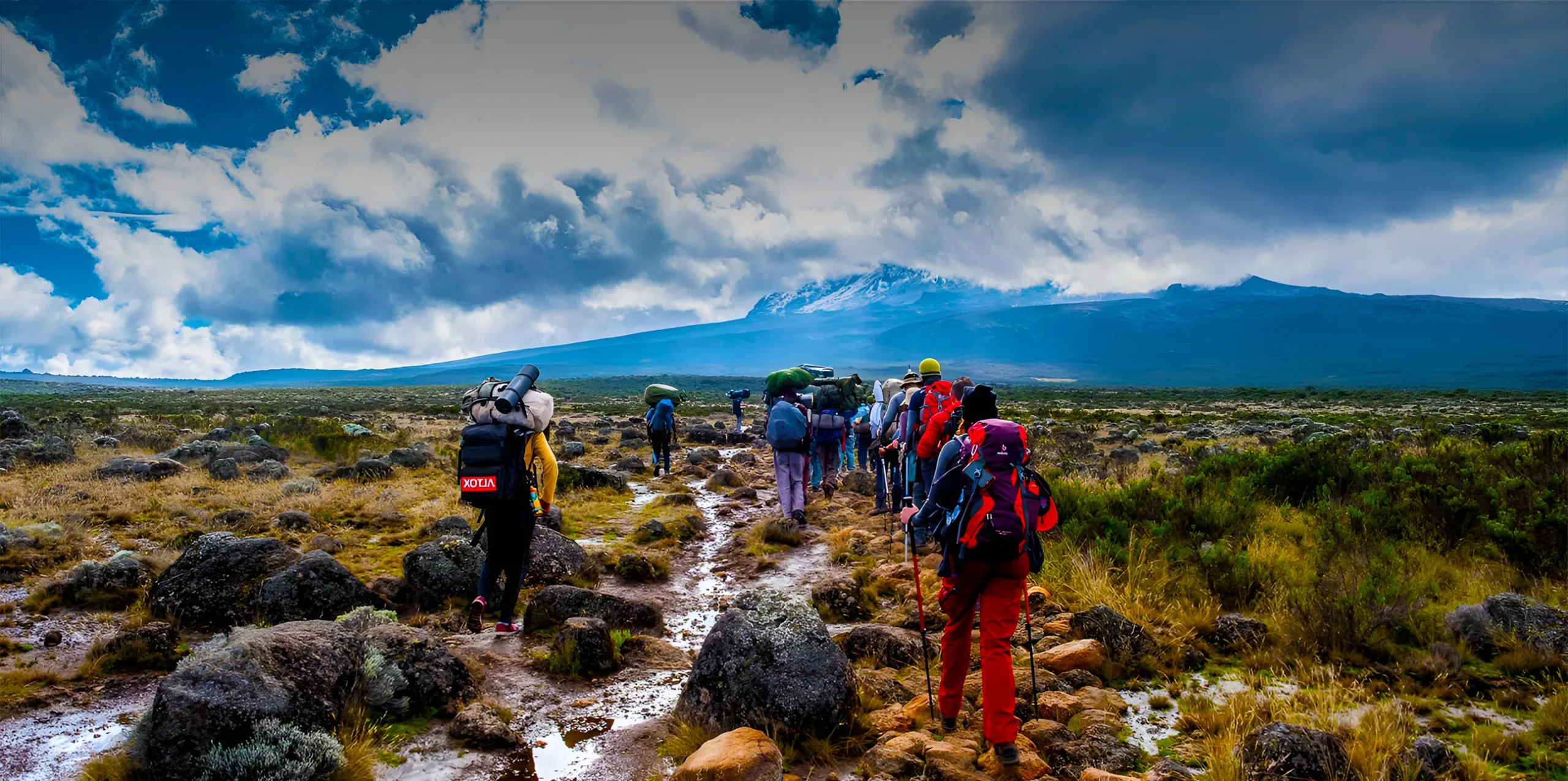
8 Days Shira Route Kilimanjaro Hike. The Shira Route is regarded as one of the most scenic of the Mount Kilimanjaro trails, providing amazing views,
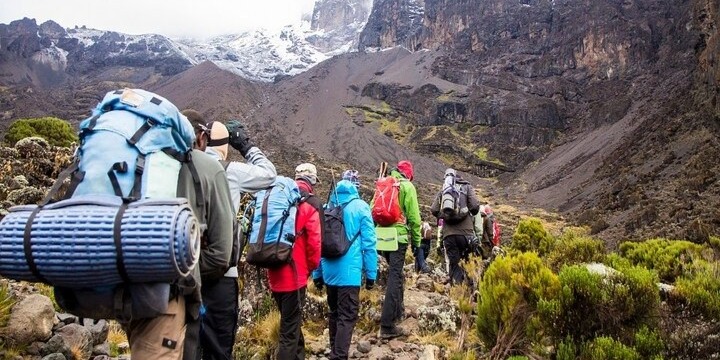
7 Days Kilimanjaro Hike Via Rongai Route The Rongai Route is one of the most scenic and least traveled paths to the summit of Mount
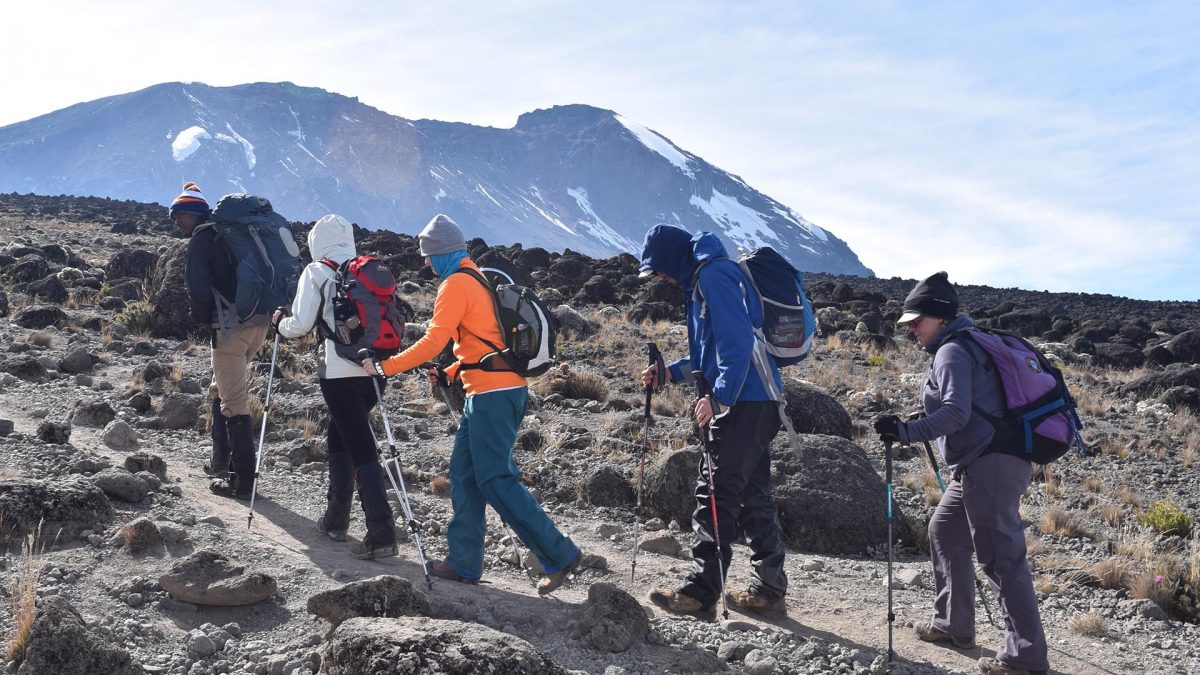
8 Days Kilimanjaro Hike Vs Lemosho Route The Lemosho Route is one of the most beautiful and scenic trails to climb Mount Kilimanjaro, Africa’s highest
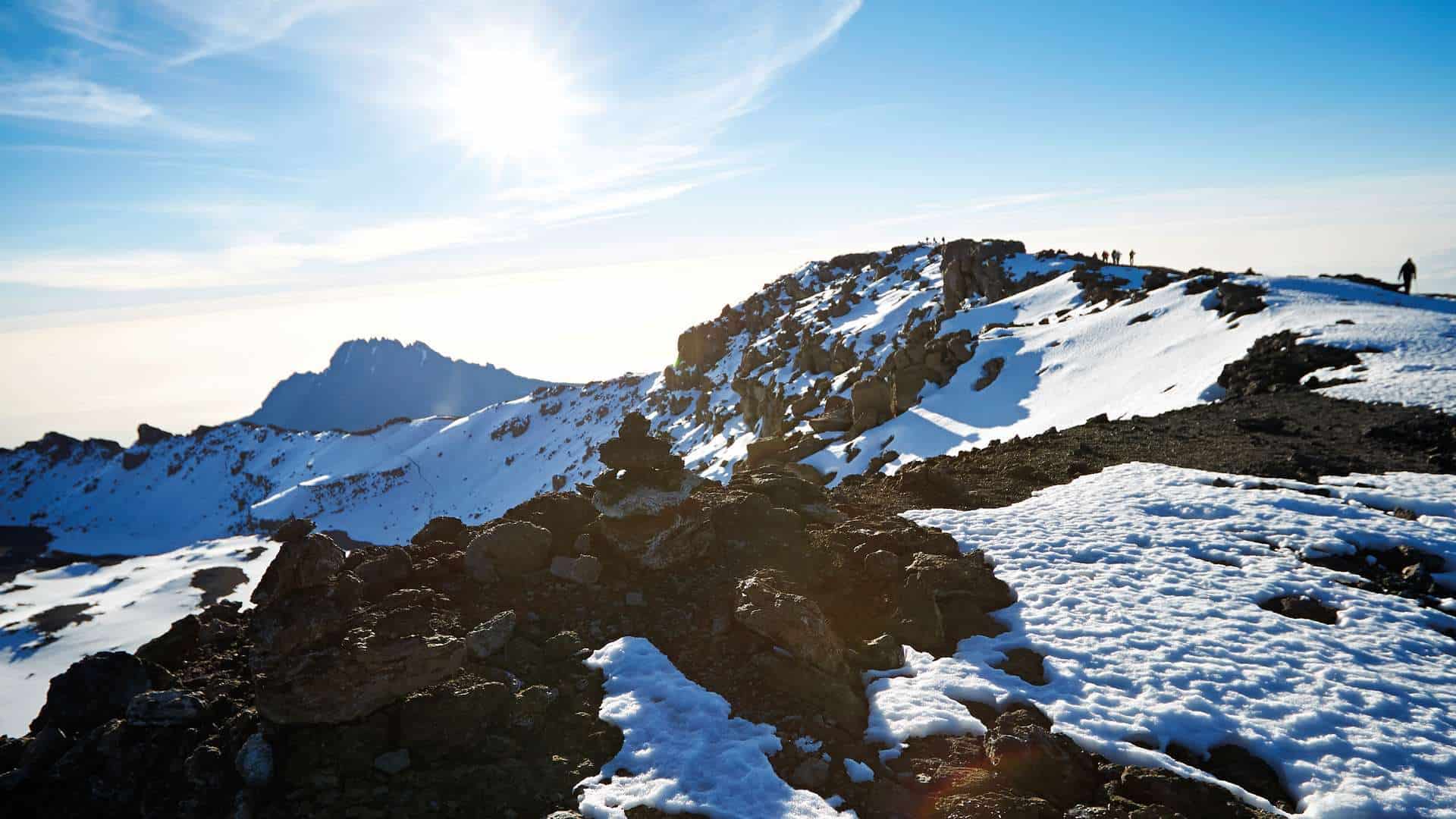
8 Days Kilimanjaro Hike Via Shira Route The Shira Route is one of the most scenic and least crowded trails to climb Mount Kilimanjaro, offering
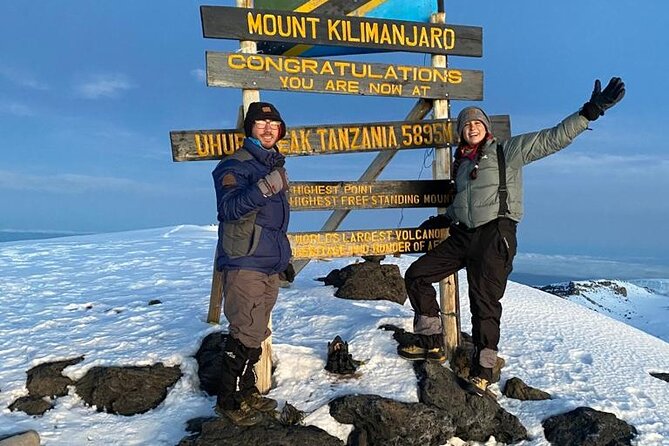
6 Days Kilimanjaro Hike Via Machame Route The Machame Route, sometimes referred to as the Whiskey Route, is one of the most scenic and frequently
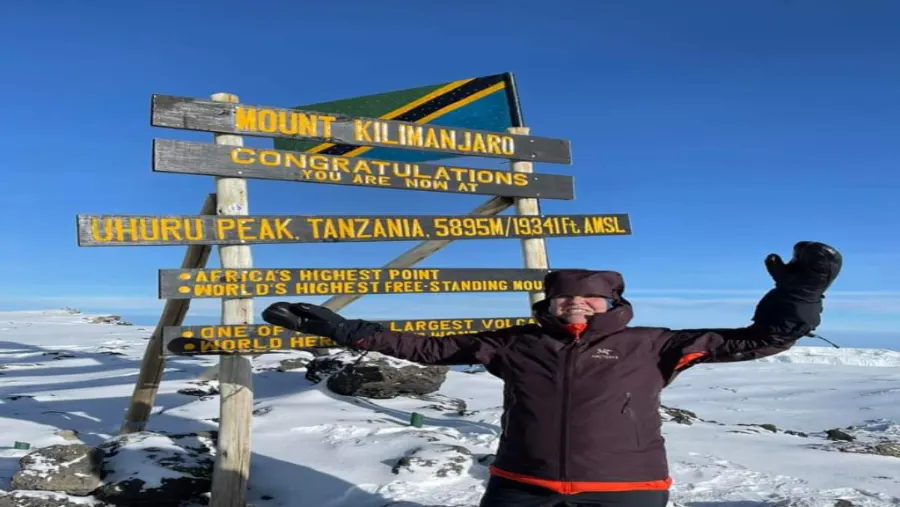
8 Days Kilimanjaro Hike Via Machame Route. Mount Kilimanjaro, the highest point in Africa, rises to an incredible 5,895 meters (19,341 feet) above sea level.
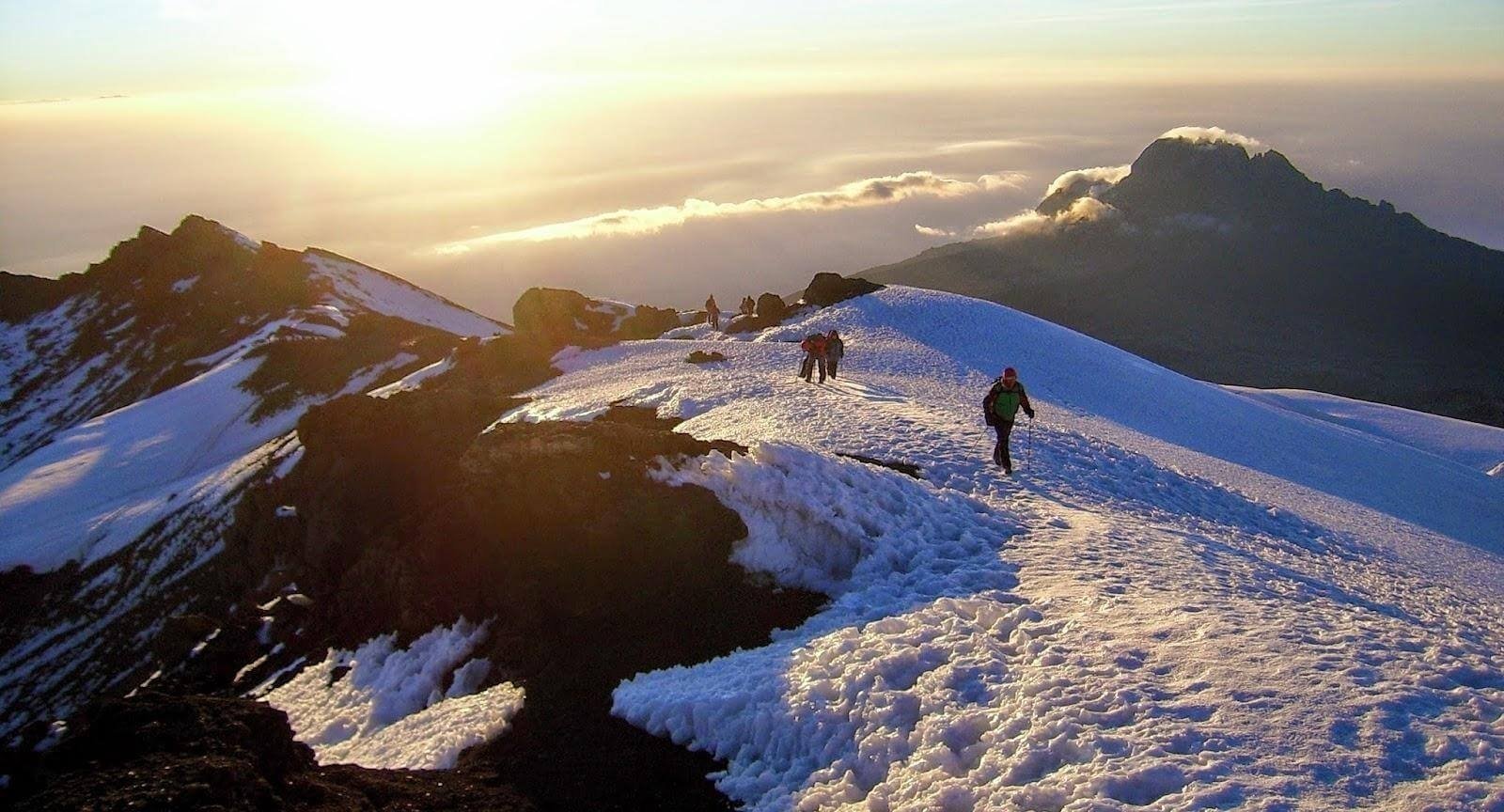
8 Days Lemosho Route – Kilimanjaro Trekking. The Lemosho Route is considered to be the most beautiful and least traveled path on Mount Kilimanjaro. This
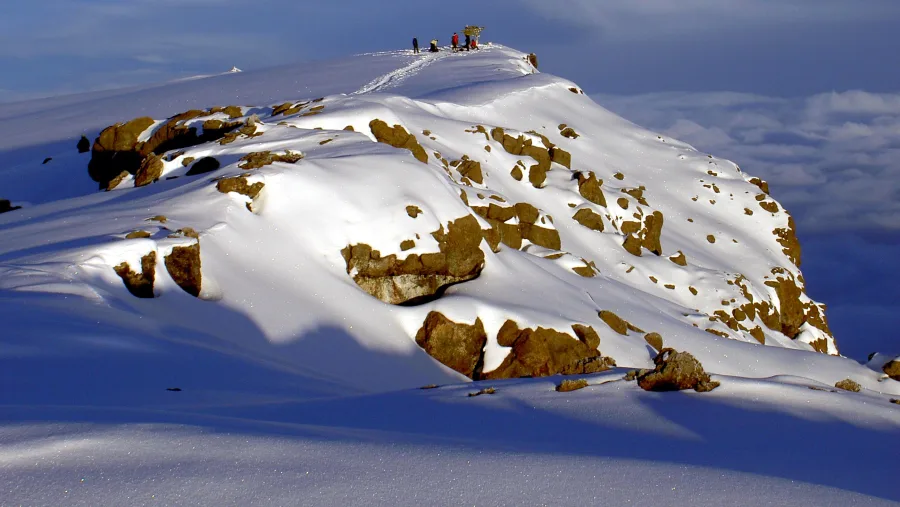
8 Days Machame Route – Mount Kilimanjaro Trekking. Climbing Mount Kilimanjaro through the Machame Route is one of the most beautiful and fulfilling trekking experiences
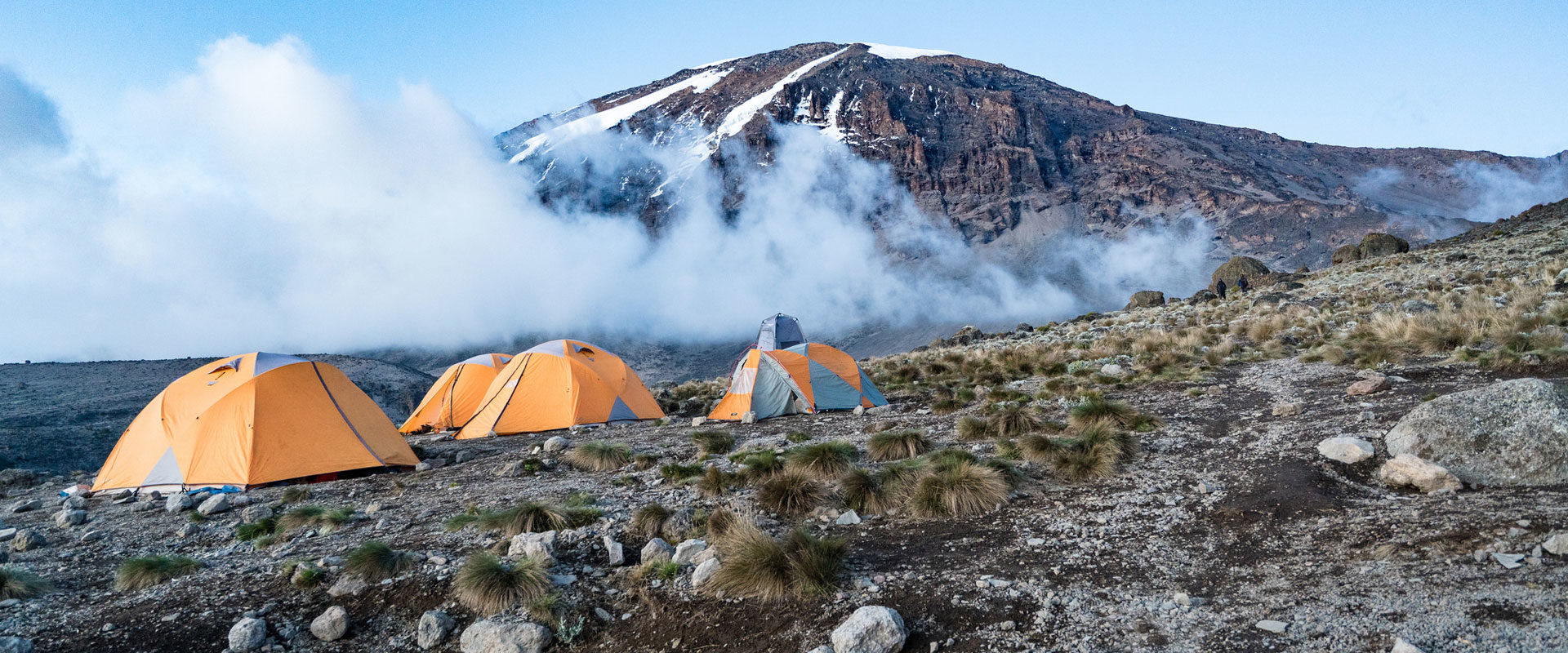
7 Days Machame Route – Kilimanjaro Trekking. The 7 Days Machame Route luxury trekking package is one of the most scenic and comfortable ways to
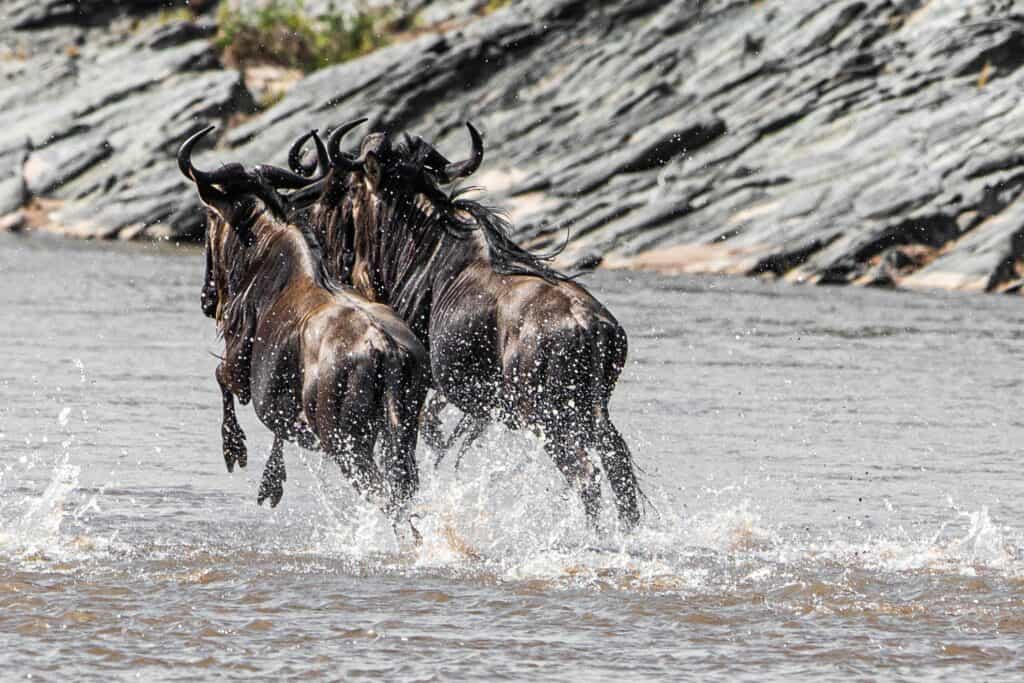
10 Days Exclusive Migration River Crossing Safari On this enchanting safari we will let you explore the very best that Tanzania has to offer. Be
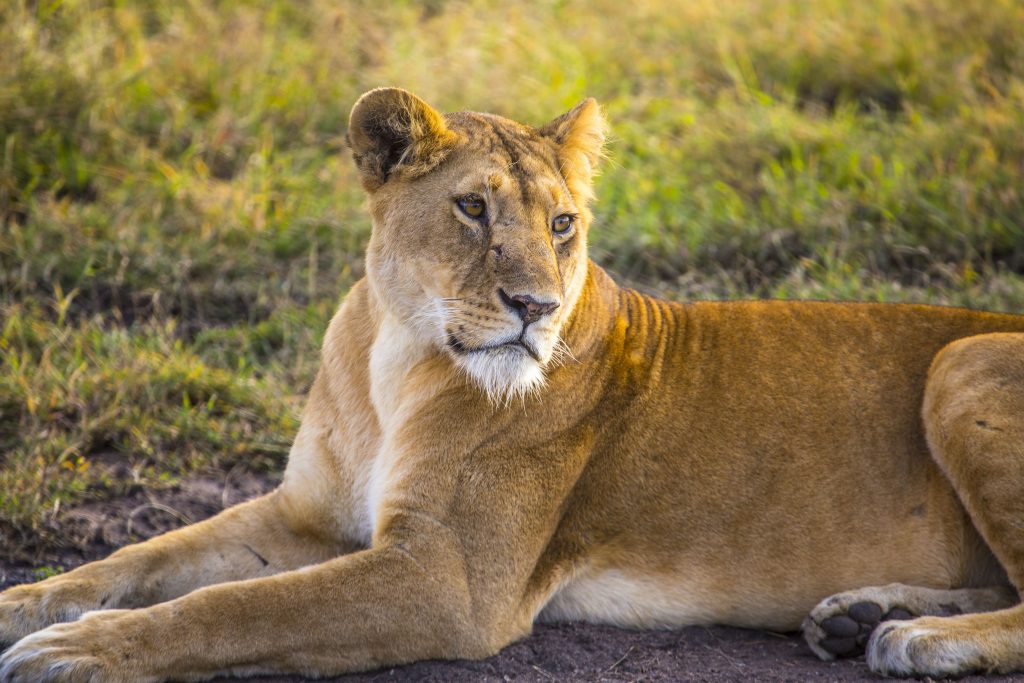
16 Days Tanzania Untamed Wilderness safari This amazing safari will take you to the top safari destinations in Tanzania to witness the high concentration of

Our 10 Days escorted authentic Tanzania Safari is a one-of-a-kind safari package that allows you to visit two of Africa’s most famous heritage sites: Ngorongoro

Embark on an unforgettable adventure with a safari in Serengeti, Ngorongoro Crater, and Tarangire, followed by a relaxing beach holiday in Zanzibar. Enjoy activities like
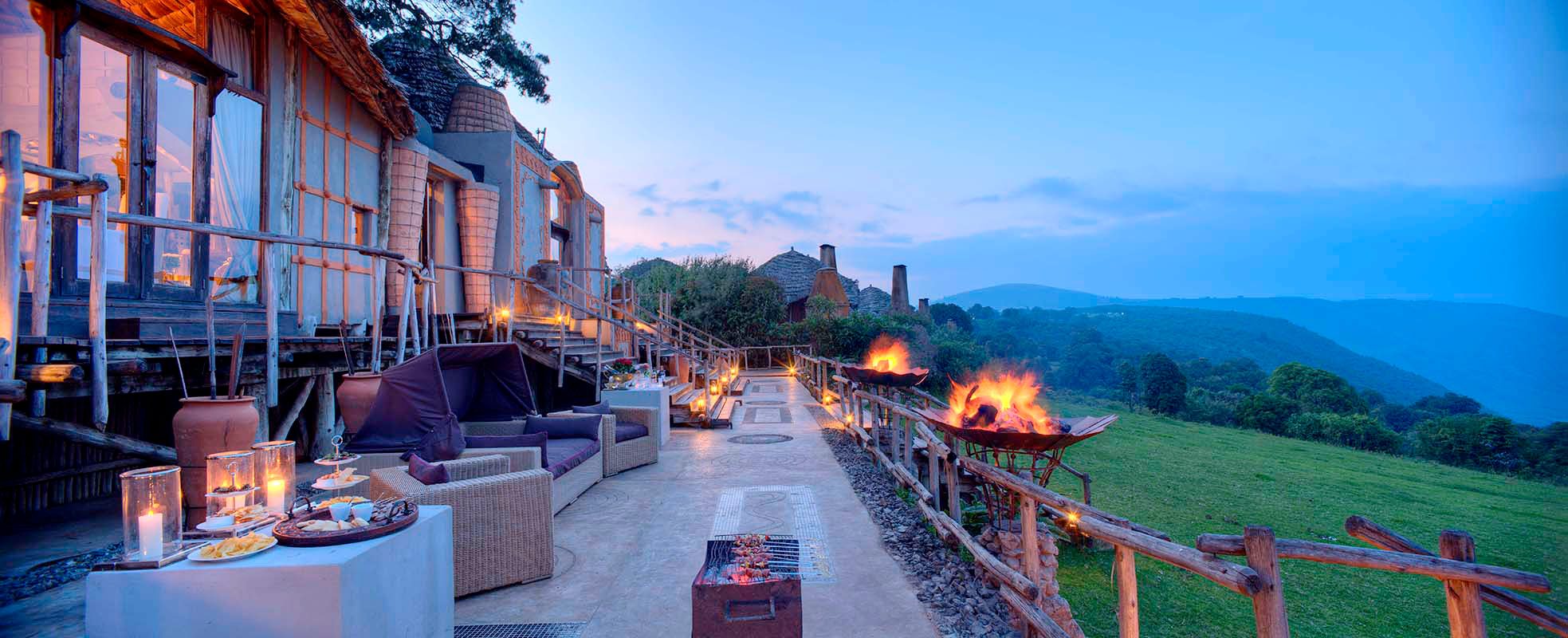
Immerse yourself in the heart of Africa with our week Luxury Classic Tour in Tanzania, an exclusive journey that blends the thrill of East Africa’s
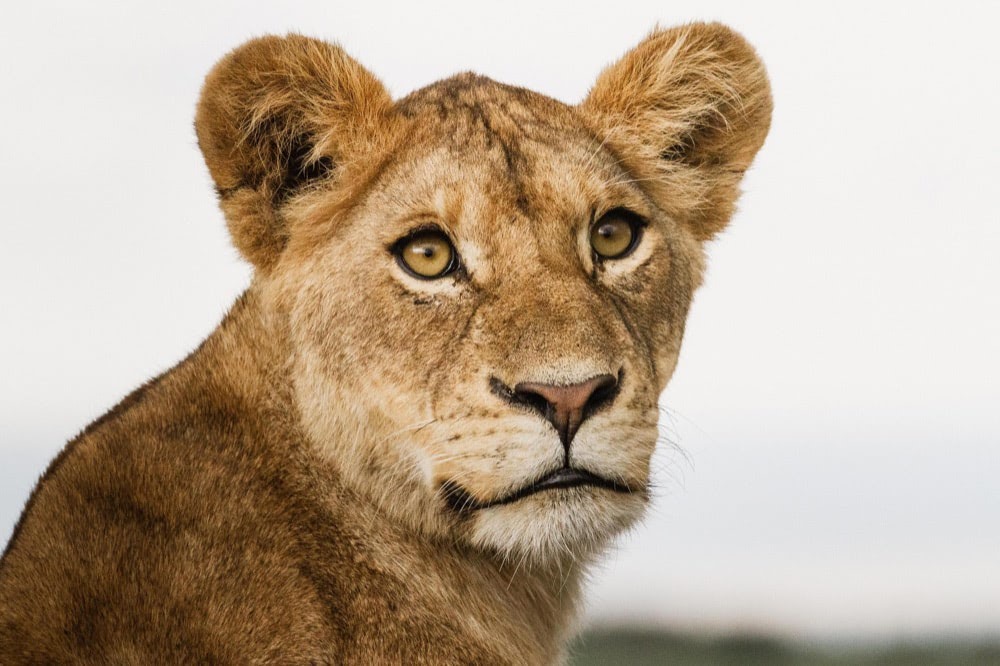
Embark on this remarkable Tanzania Safari were you will get a chance to visit the most incredible places in our beautiful country. These places will
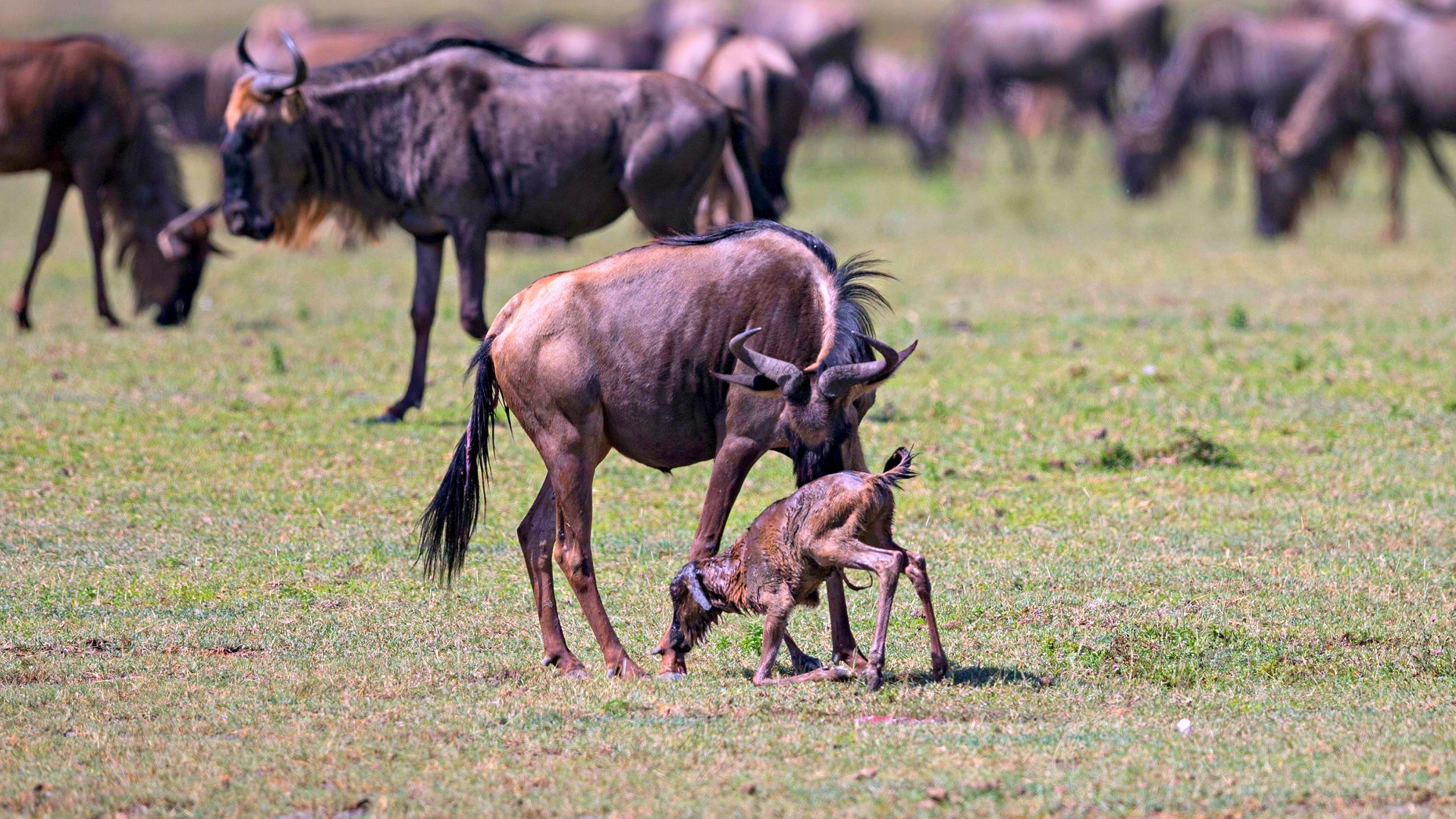
Encounter the large wildebeest herds grazing on the nutrient-rich plains of southern Serengeti between January to March. February marks the peak of the wildebeest calving
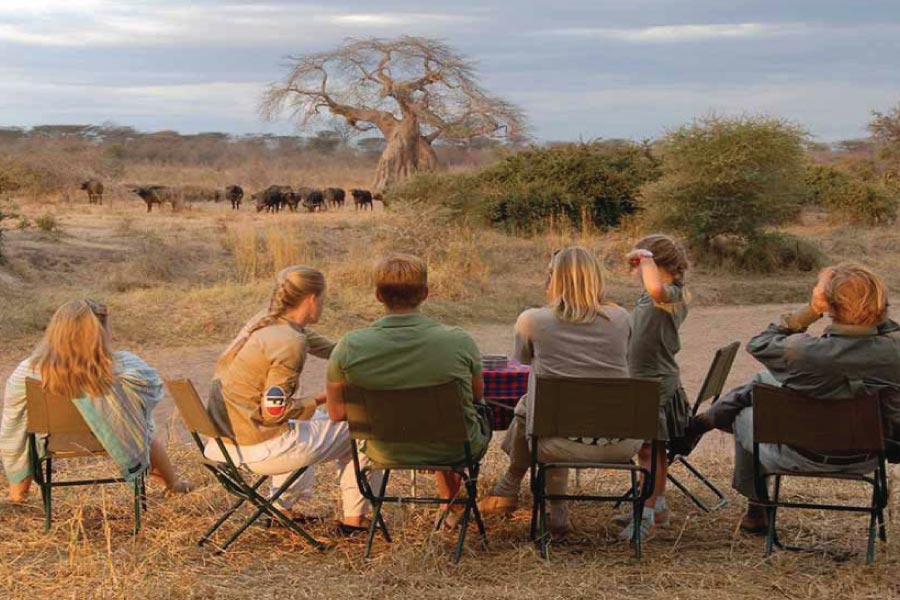
On our Tanzania Safari you will enjoy the best Tanzania offers. We will visit Tarangire National Park, well-known for its elephant families, as well as
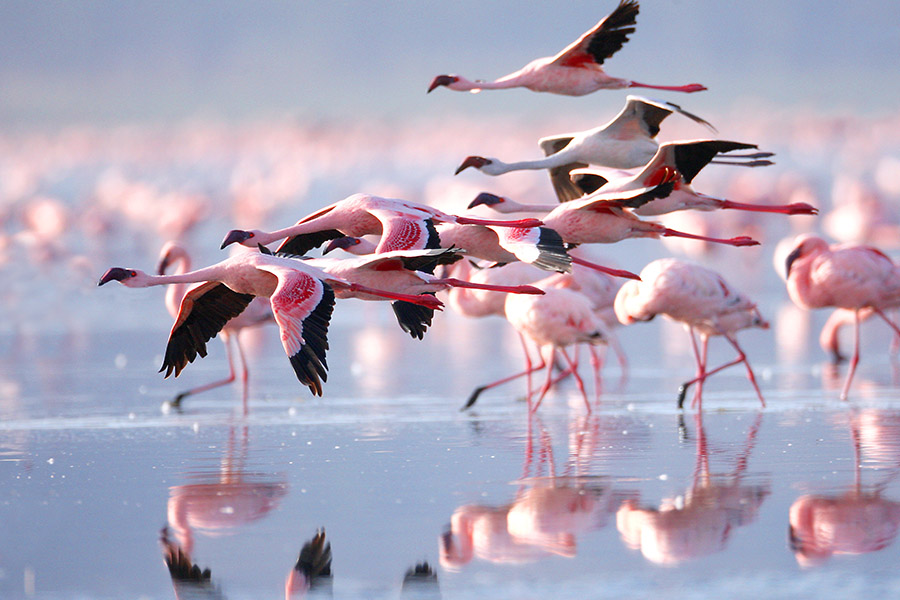
Our uniquely hand-crafted 12-day Comfort Safari & Authentic Cultural Experience offers you a great opportunity to enjoy the beauty of Tanzania by visiting the major
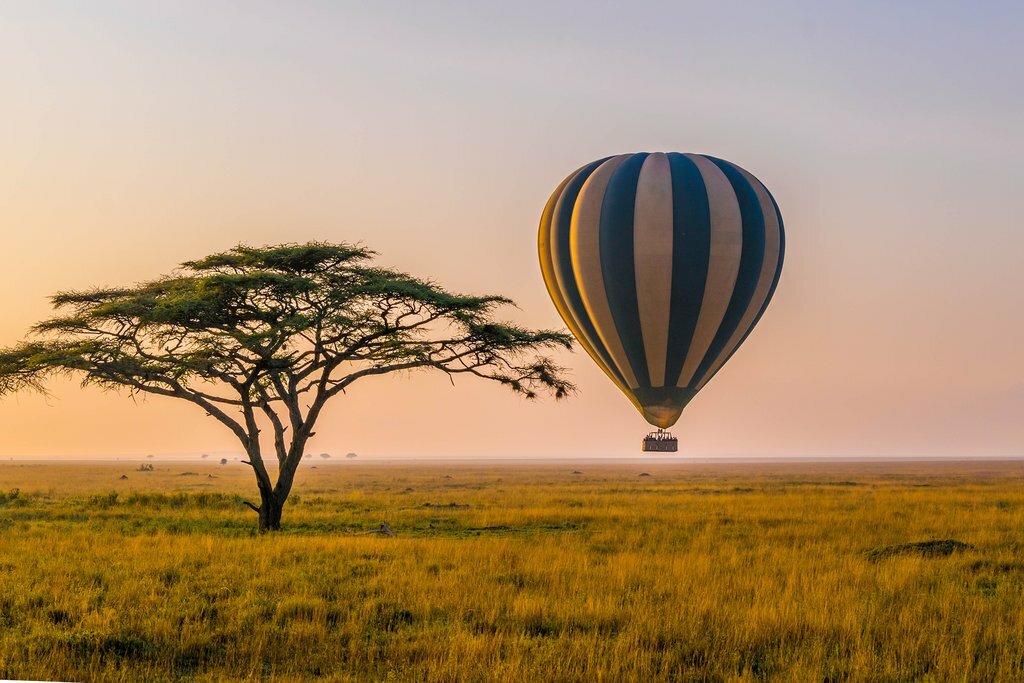
Embark on our 2 weeks uniquely hand-crafted Tanzania journey that will take through the famous safari destinations as we encounter wildlife and culture from sighting
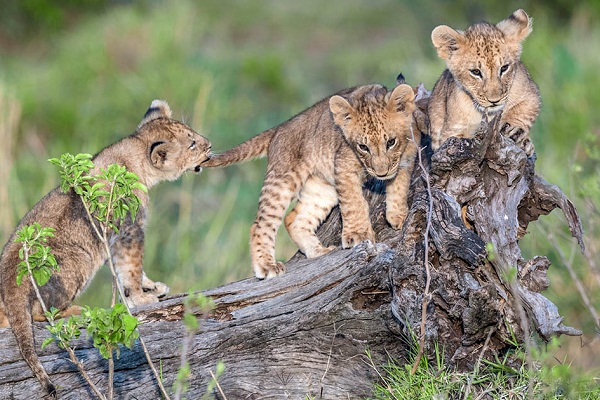
Embark on this is ultimate safari experience. You will get to see the most important highlights: Arusha park, Tarangire, Lake Manyara, Serengeti and Ngorongoro. Overnight
SAFARI
Game Drives
Our most bespoke safaris revolve around ultimate game drives, typically conducted in 4×4 safari jeeps. These drives are excellent for wildlife viewing, covering substantial ground in a short time. The schedule usually includes early morning game drives when animals are most active, focusing on big cats. As the day gets hotter, wildlife gathers around watering holes or rests in the shade. Late afternoon drives are also popular. In some parks, such as the Serengeti, full-day drives with picnic lunches are possible, ideal for witnessing river crossings. Private conservancies offer night drives, providing unique experiences. Our safaris include private game drives, like our Classic Tanzania Safari & Beach example itinerary. All of our safaris include private game drives including our Classic Tanzania Safari & Beach journeys.
Chimpanzee Trekking
Tanzania is home to around 20 primate species, including red colobus monkeys in Jozani Forest, olive baboons in the north, and approximately 2,500 chimpanzees. These chimpanzees are found in Gombe National Park and Mahale National Park in the west. Mahale National Park is a pristine gem with stunning landscapes—lush forests against Lake Tanganyika, the world’s longest freshwater lake. Due to the dense forests, access is limited to light aircraft or boats. Activities include kayaking, forest hikes, and chimpanzee trekking, guided by specialists, allowing you an unforgettable hour with these fascinating primates. Greystoke Mahale, a luxury camp, enhances the experience.
Witness the Great Migration
One of the most magnificent spectacles in Tanzania, and all of Africa, is the Great Migration—a journey of about 1.5 million wildebeest and 200,000 zebras covering 300 miles around the Serengeti National Park and Kenya’s Masai Mara each year. Their goal is to find fresh pasture and rains. The migration varies slightly each year, but the general journey can be predicted. From January to March, the herds are in the southern Serengeti, calving. During April to June, they move to the western plains of the Serengeti and then to the northern plains in July. The July to September period is iconic as the herds cross the perilous Mara River, with lurking crocodiles. Experience this spectacular event on our journeys – Tanzania Migration Safaris
Boat Safaris
Boat safaris offer a more leisurely game viewing experience in select Tanzanian destinations, with the Selous Game Reserve being the prime spot. Cruising along rivers, lakes, and waterways allows for bird watching and observing smaller wildlife. You’ll also encounter larger animals, like hippos, crocs, antelope, giraffes, zebras, and possibly even predators like leopards and lions. Watching elephants swim or cross waterways is particularly beautiful and humbling. Explore southern Tanzania on our Off the Beaten Track journeys.
Walking Safaris
Norman Carr, a pioneer of walking safaris, famously declared that “you do not know a place until you have walked it.” Walking safaris, also known as bush walks, offer a thrilling experience in Tanzania. Led by professional guides and armed rangers, these safaris typically accommodate up to six guests. Unlike vehicle-based safaris, walking safaris provide a more vulnerable and immersive encounter with the wilderness. Safety is a priority, with guides explaining essential rules and practices. In Tanzania, you can enjoy walking safaris in the Selous Game Reserve, often conducted in the early morning for cooler temperatures. For a more authentic and extended experience, Kichaka Expeditions in Ruaha National Park offers 3, 5, and 7-night walking safaris. Bush walks are also available in select areas of northern parks like Tarangire National Park, the crater rim, and northern Serengeti.
ACTIVE
Climbing Mount Kilimanjaro
Mount Kilimanjaro, Africa’s highest peak at 5,895 meters, can be admired from afar on safari or climbed by the physically fit and well-prepared. For climbers, a few days to acclimatize in northern Tanzania before attempting the ascent is recommended. There are six routes, each with varying landscapes and difficulties, the Marangu Route being the only one with hut accommodation. The Machame Route, spanning seven days, is favored for its higher success rate. Our specialists can help plan the best route and itinerary for aspiring Kilimanjaro conquerors.
Diving and Snorkeling
Tanzania’s coastline along the Indian Ocean offers pristine white sands and warm waters. The coral reefs teem with a diverse marine ecosystem, including fish, rays, sea anemones, and turtles. For exceptional snorkeling and diving, head to Mafia Island, located south of Zanzibar. The marine park established in 1996 has nurtured vibrant coral life and abundant fish species. Kinasi Wall and Milimani Reef in Chole Bay are popular dive sites, and you can spot whale sharks migrating past the island from late October to December. Due to limited accommodation options, early booking is advisable. Pemba Island also offers fantastic underwater activities, and the Manta Resort features an extraordinary underwater room for a unique experience.
CULTURE
Visiting the Maasai
Many visitors to Tanzania seek to immerse themselves in the rich culture and traditions of the Maasai people, an ethnic group in East Africa. Renowned for their vibrant attire, beaded adornments, and high-jumping feats, the Maasai live in tight-knit communities in traditional mud and dung huts called bomas, shared with extended family and sometimes livestock. While some Maasai villages near the Ngorongoro Crater are on commercial safari routes, we can arrange visits to more authentic Maasai communities, schools, and villages as part of your itinerary.
1.When can I see the Great Migration in Tanzania?
The wildebeest migration herds move in a clockwise direction around the plains of the Serengeti National Park, so it’s possible to see them at all times of the year. The period between July and October, the herds are in the very northern plains of the Serengeti before crossing the mighty Mara River into Kenya’s Masai Mara. This is an excellent time to be in the northern Serengeti as there are over 10 crossing points to witness a famous river crossing. The period between January and March is also a fantastic time to see the herds as it is calving season down in the Ndutu plains (southern Serengeti).
2.How long should my Tanzania safari be?
Whether it is your first safari or tenth safari, I would always recommend a minimum of 3 nights in one camp on safari. This gives you enough time to get to know the setting, the guides and the staff. If you are combining safari destinations, then 6-7 nights on safari is a good guideline. This will give you sufficient time to experience a wealth of safari sightings and experiences.
3.What is the safari accommodation like in Tanzania?
There is a wide range of safari accommodation to choose from. As an overview, the two main types of safari accommodation are tented camps, and safari lodges. Lodges are often permanent structures, larger and more hotel-like. Safari tented camps are much more rustic, but can still be as luxurious and comfortable as lodges – if not more. These are canvassed tents but often have very elegant features, like ensuite bathrooms, free-standing baths, chandeliers, the list goes on. For those who are keen to see the migration herds, mobile tented camps are a good option. These are safari camps which pack up and move every couple of months, to be in the best location for the herds.
4.Is Tanzania good for a honeymoon safari?
Yes definitely. Tanzania is often regarded as one of the best destinations for a honeymoon because of its exceptional safari experience, but also the ability to combine it with the paradise island of Zanzibar. With regular internal flights, honeymoon couples can be on safari in the morning (in the Serengeti, Selous or others), fly to Zanzibar and be on the beach sipping cocktails by the afternoon. The guides and staff in all of the safari camps are also very accommodating with honeymoon couples, and plan lots of surprises along the way to make it truly special.
5.Which national park is best in Tanzania?
With in the 15 national parks, there is a big choice in Tanzania but it completely depends on what your safari you are looking for. For those who are wanting to tick off the most iconic parks, then combining the northern parks like the Serengeti and the Ngorongoro Crater is a great option. For those who are wanting a safari experience off the beaten track, the southern parks of Selous and Ruaha are absolute gems. There is also Katavi
Many people travel to Tanzania to see the Great Migration where approximately 1.5 million wildebeest accompanied by 200,000 zebras migrate through the Serengeti and Masai Mara National Parks in search of fresh rains and green pasture. At different times of year, the herds are in different areas of the parks, your consultant will be able to advise you which areas are the best for when you want to travel.
The migration cycle is one factor that influences the best time to go to Tanzania, the other is the weather. Tanzania has two periods of rain, the short rains, and the long heavy rains. The only time we would recommend not to visit is between April and May, when heavy rains can make wildlife viewing difficult and many camps are closed.
DRY PEAK SEASON
June to October
In this period, it is generally regarded as the best time to visit Tanzania. Months are hot and dry – the best conditions for wildlife sightings. This is because the grasses are short and the vegetation is not as dense, which makes it much easier to spot animals. In the hottest parts of the day, the animals will travel down to rivers, and congregate around any permanent water that is still available. Although you can see the migration herds throughout the year in the Serengeti National Park, during these months, the herds are found in the northern part of the park. Experience three national parks on our Northern Tanzania safari circuit.
SHORT RAINY SEASON
November to December
Towards the middle of November, the short rains arrive in Tanzania. The conditions leading up to the rains can be very hot and humid so keep this in mind if you are traveling at the very end of October or early November. That said, if you are ok with the heat, it shouldn’t put you off. This is a bit of a hidden month for safari viewing. The animals are all very desperate for water, so the game is usually very dense and reliable around water sources, with predators hiding in the bushes. When the rains arrive, they are usually intense downpours in the afternoon lasting a few hours. After it passes, the sun usually comes out and the weather is cooler
MID-SEASON
January to March
This period is in-between the short and long rains, so the weather is hot and dry. If you are looking for some winter sun, this is a great time to head to Zanzibar, as rates are lower and there will be more availability in hotels compared to the July to September period. From a safari point of view, this is a good time to head to the northern parks (the Ngorongoro Crater and the Serengeti) as you can do a driving itinerary between both. We also recommend guests make the most of the low season rates in the southern parks of Tanzania – the Selous Game Reserve and Ruaha National Park. Take advantage of the quieter national parks in our Southern Tanzania & Zanzibar safari combo.
April to May
This is the rainy season in Tanzania, and across most of East Africa. Most of the safari camps across northern and southern Tanzania, and beach hotels on Zanzibar, are closed during these months as tourist numbers are low. If you are limited to travel during these months, a safari in central Serengeti is a good option but be sure to pack a raincoat as short, heavy downpours are often sporadic and intense.
